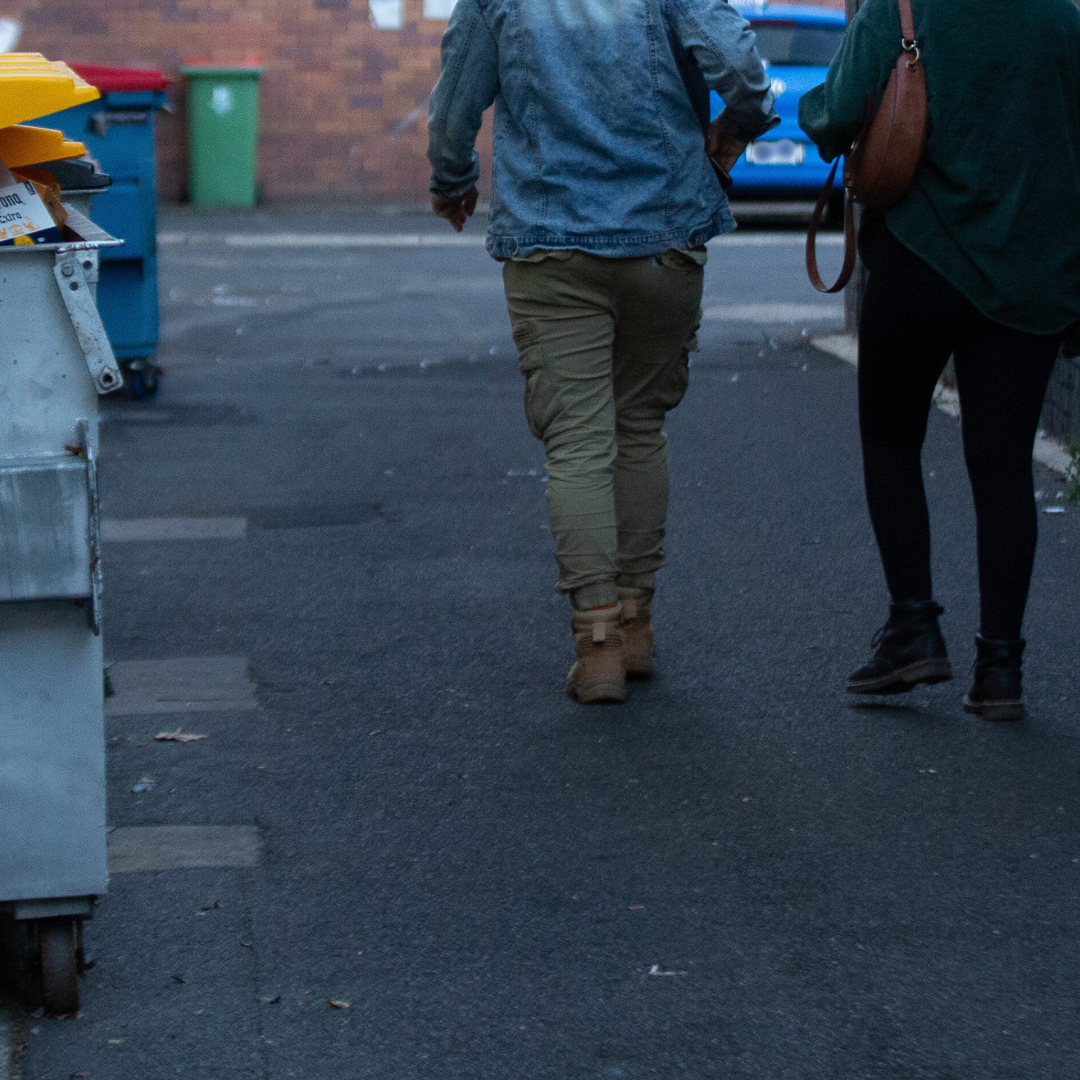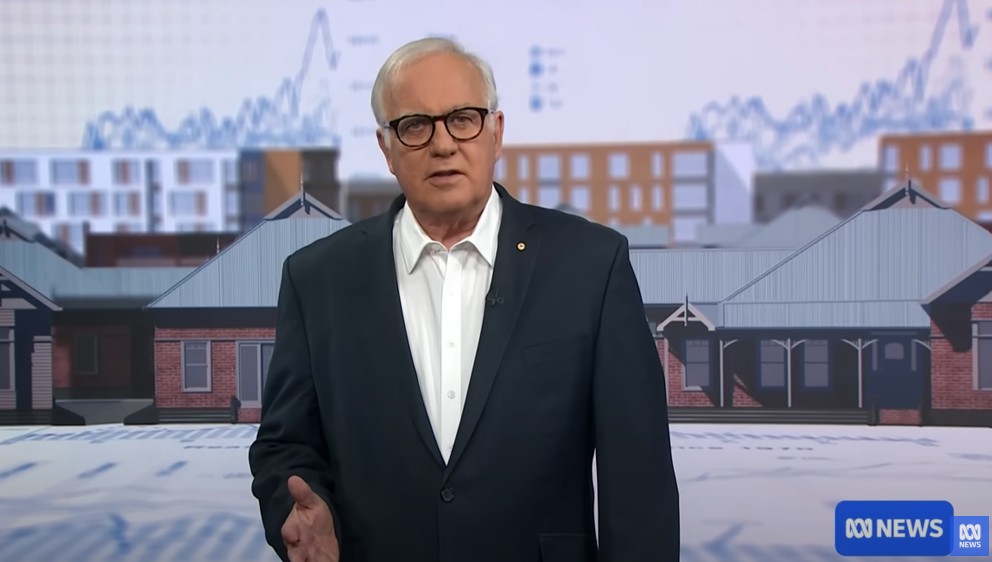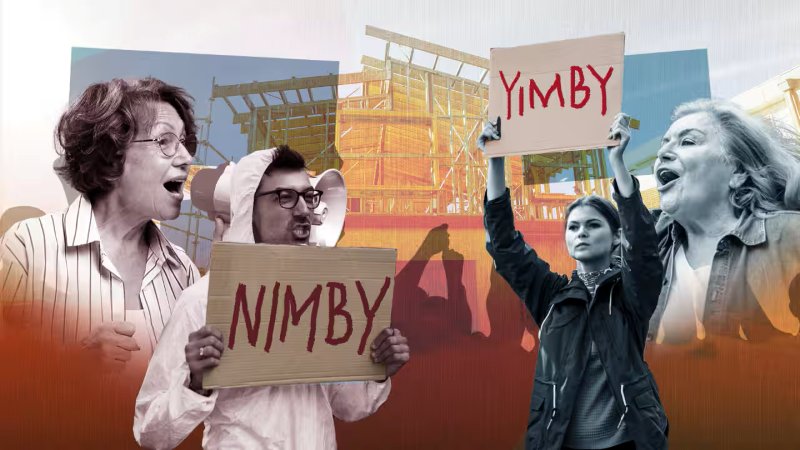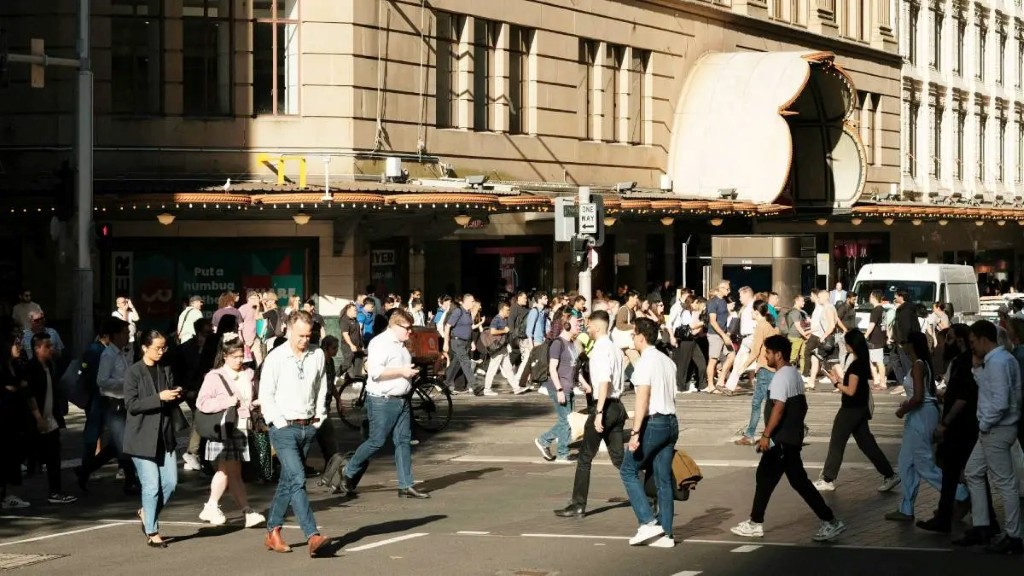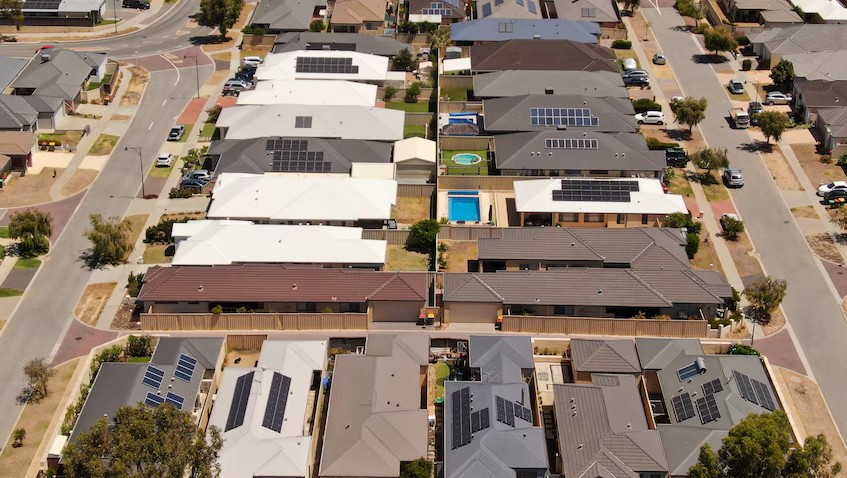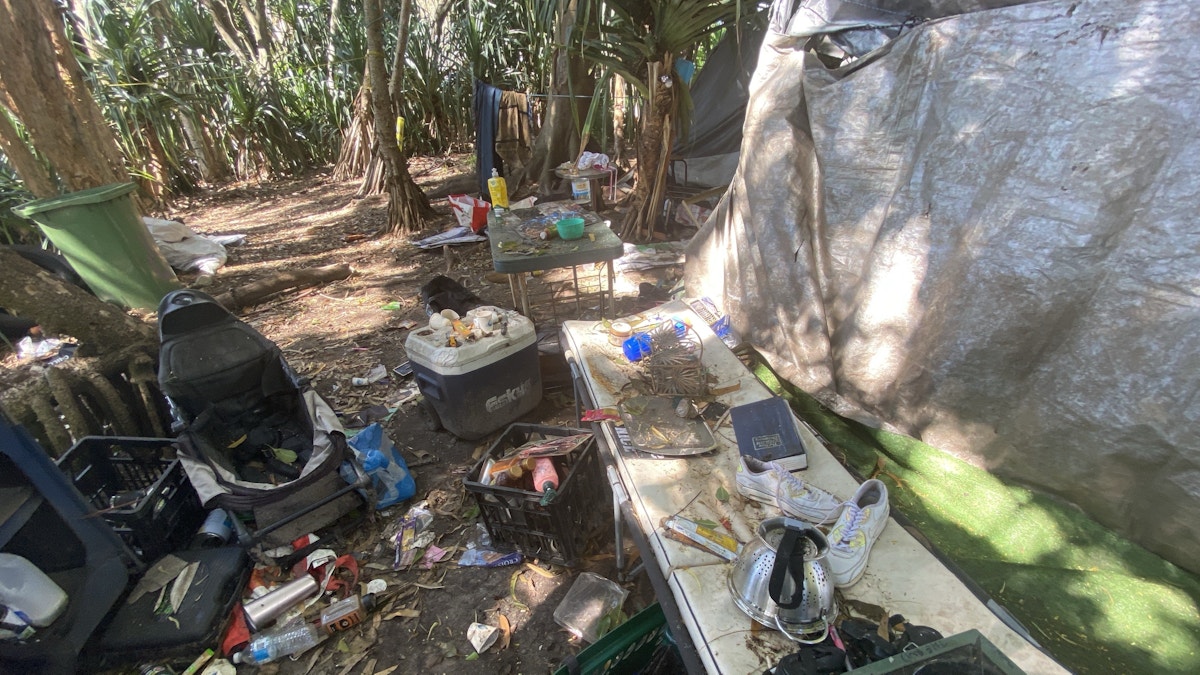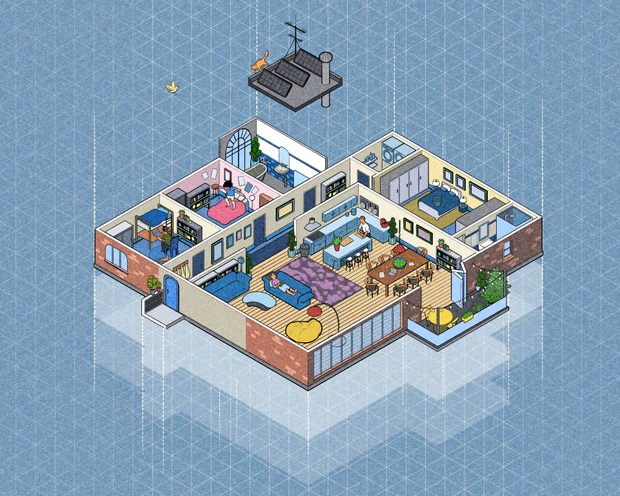Home News
Not-for-profits (NFPs) seeking to stand out in a competitive funding environment must be clear about their goals before applying for…
New analysis from Homelessness Australia has revealed stark increases in the leading causes of homelessness in Queensland, as the globe…
Economists are warning Australia’s housing crisis could soon worsen, as the Federal Government’s expanded home buyer scheme begins. First home…
As state governments unroll plans they hope will combat the housing crisis, and Australian suburbs face profound changes in their…
“We’ve seen a better balance of migration, but still limited housing.” Cameron Kusher, an economic researcher who has held various…
It’s never been done in Australia before — enshrining housing as a human right. But it’s a concept that will…
- News, Online, Queensland Statewide (all regions)
Not-for-profits (NFPs) seeking to stand out in a competitive funding environment must be clear about their goals before applying for…
- News, Queensland Statewide (all regions)
New analysis from Homelessness Australia has revealed stark increases in the leading causes of homelessness in Queensland, as the globe…
- News
Economists are warning Australia’s housing crisis could soon worsen, as the Federal Government’s expanded home buyer scheme begins. First home…
- News
As state governments unroll plans they hope will combat the housing crisis, and Australian suburbs face profound changes in their…
- News
“We’ve seen a better balance of migration, but still limited housing.” Cameron Kusher, an economic researcher who has held various…
- News
It’s never been done in Australia before — enshrining housing as a human right. But it’s a concept that will…
- Moreton Bay, News
New figures have revealed the Queensland Government’s response to Moreton Bay’s homelessness crisis, which was recently described as “horrific”. In…
- News
Family-friendly apartments are in fierce demand given skyrocketing house prices. Some councils think mandates might deliver larger units. As standalone…


